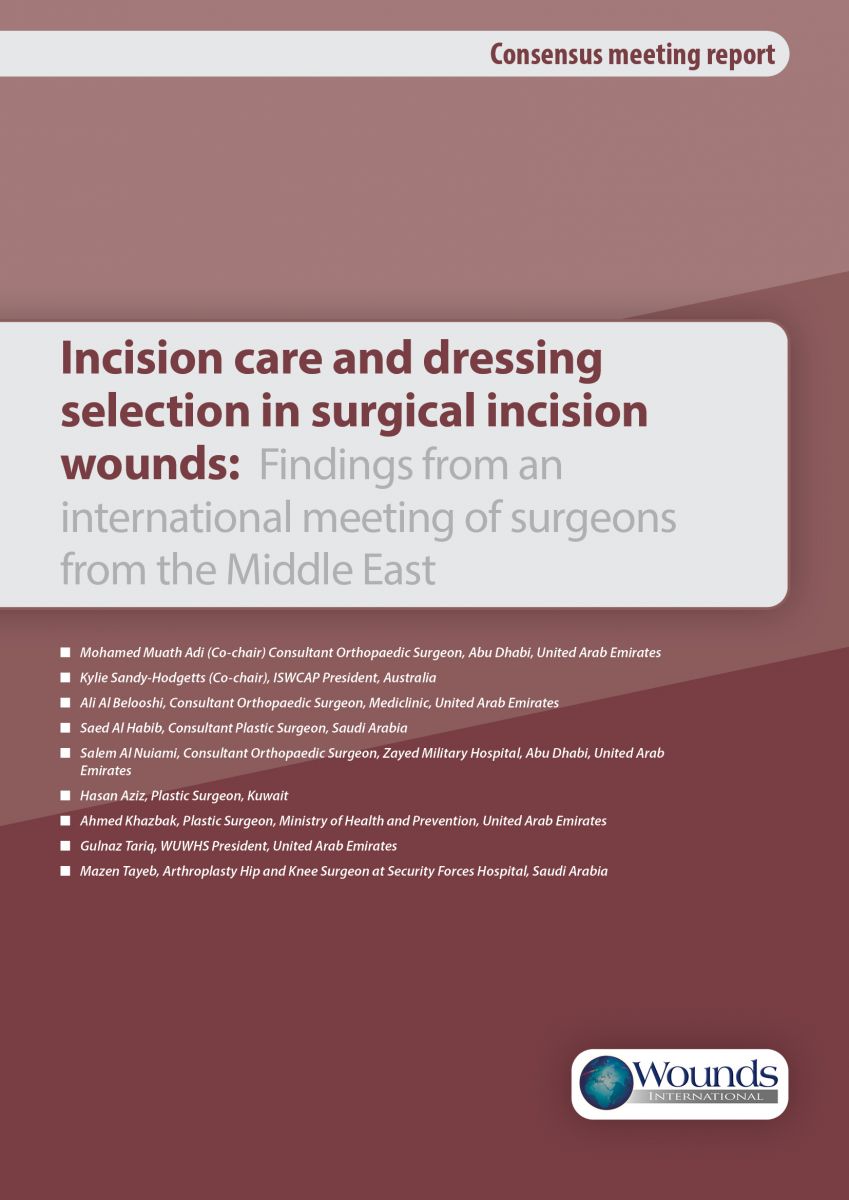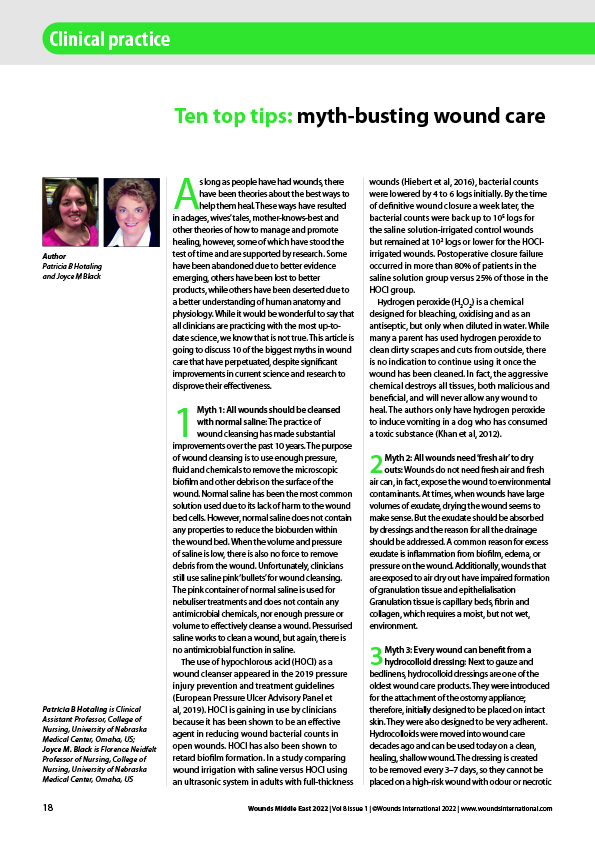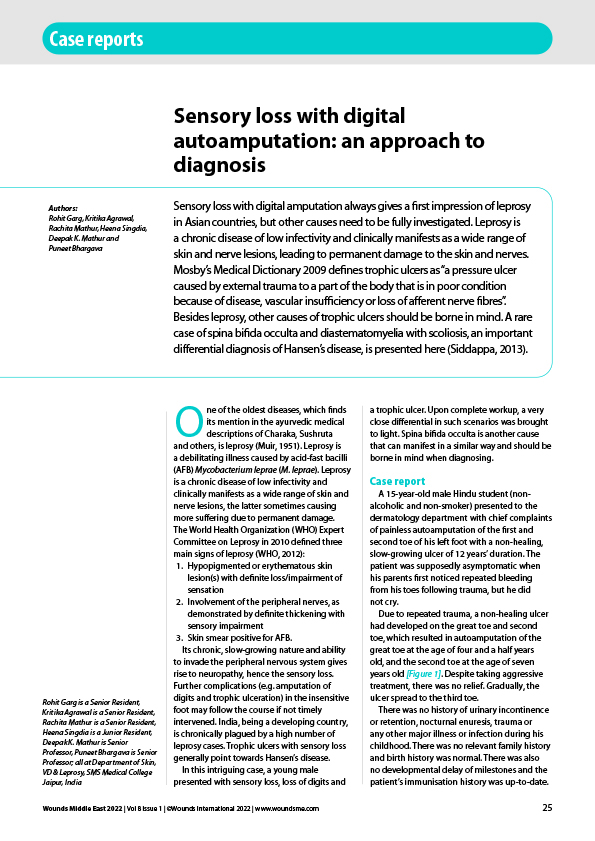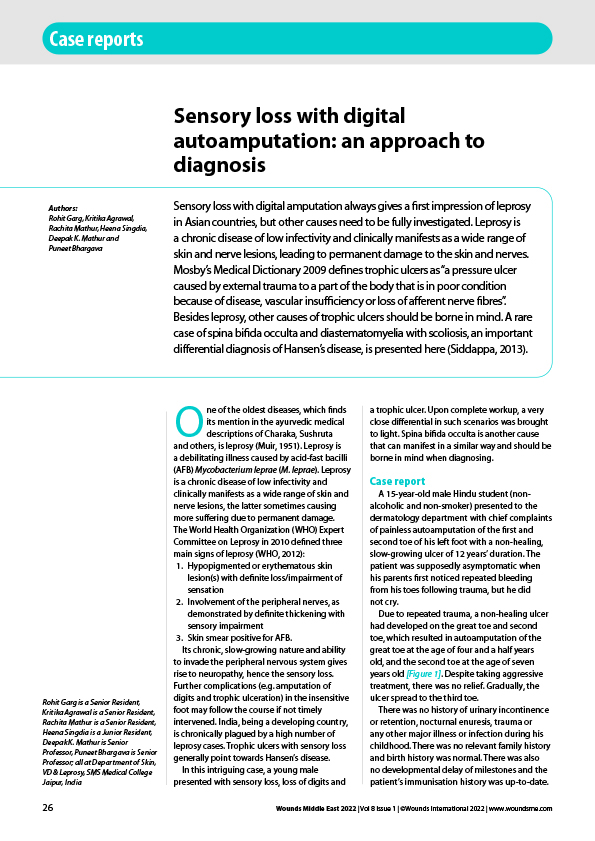<p>Background: Mechanical wound debridement is an essential intervention in the treatment of slough pressure ulcers. Therefore, a lot of products are presented in the current local market as effective tools to perform that procedure. There is a need to revise the clinical performance of the available used products in one of the biggest governmental hospitals in Saudi Arabia to support efficient resource utilisation and suggest clinical practice protocols for pressure ulcer treatment. Objectives: The current retrospective cohort study compares the clinical performance of two products regarding mechanical debridement for sloughy sacral and heel pressure ulcer. Methods: The researchers retrospectively cohort the progress of 32 patients with more than 50% slough pressure ulcer, received mechanical debridement by wound care nurse during hospitalisation in the same setting and using the same pressure ulcer treatment protocols, by using either monofilament debridement pads (Debrisoft®; Lohmann and Rauscher) (16 patients) or mechanical debridement by using impregnated sterile gauze monofilaments (UCS™; WelCare Industries S.p.A) for a period of three continuous weeks. The research used PUSH tools as a data collection tool. The Hospital Institutional ReviewBoard approved the study. Results: Both products show the positive progress of pressure ulcer healing status after 3 weeks of application (P<0.01). Also, the progress mean among the monofilament group was significantly higher than the progress mean among the impregnated sterile gauze (P<0.05). Conclusion: The study recommends monofilament debridement pads for mechanical debridement on sloughy (more than 50% of wound bed) pressure ulcers. </p>




